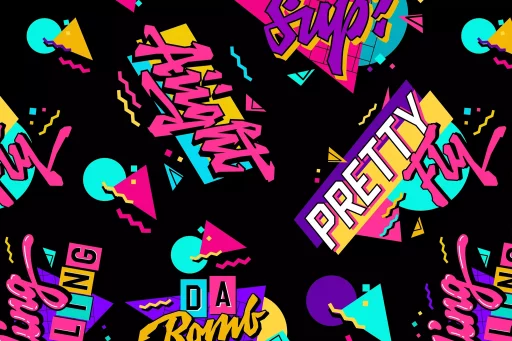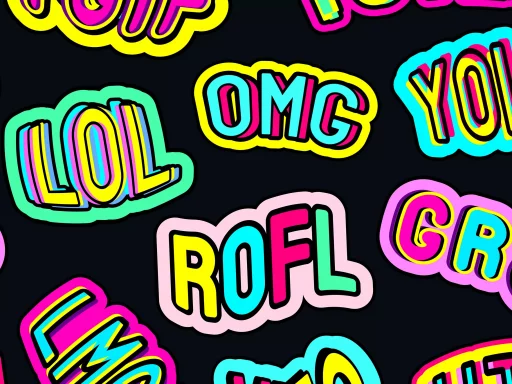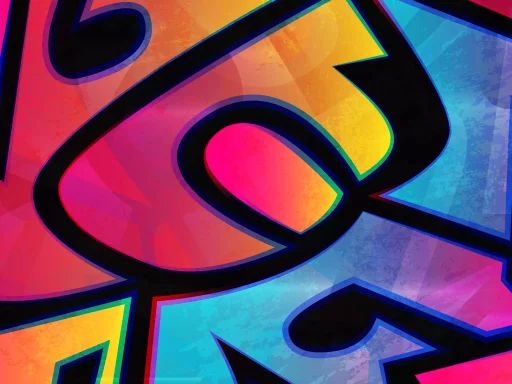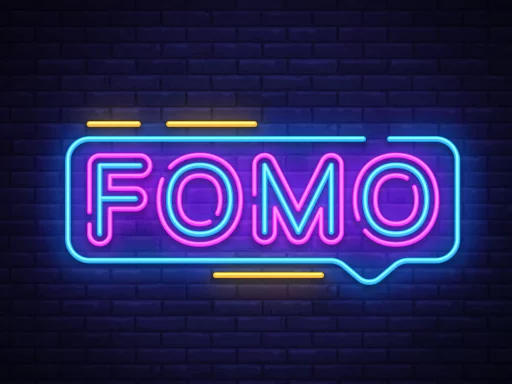Introduction to Wig Slang
Wig slang is a unique form of vernacular that has emerged predominantly within the LGBTQ+ communities, particularly among drag culture enthusiasts. This special jargon is characterized by its playful, often humorous, expressions related to wigs, hairstyles, and beauty. Though it may appear frivolous to outsiders, wig slang serves as a bonding language among those who share a passion for self-expression and performance.
The Origin of Wig Slang
The phrase ‘wig’ itself has evolved over time. Initially denoting a simple hairpiece, it has now become a metaphor for transformation and performance in drag culture. The emergence of wig slang can be traced back to the glamor of drag queens, who often use wigs to enhance their looks and represent various characters. This culture has birthed a rich lexicon that varies from city to city, but some terms have gained national recognition.
Common Wig Slang Terms
Here are some common wig slang terms that are frequently used:
- Wig! – An exclamation of excitement or disbelief, akin to saying “Wow!” It highlights the impact of someone’s look.
- Tea – Gossip or information, often shared among friends in the community, usually about fashion, dyke culture, or wigs.
- Beat – Refers to makeup that is flawlessly applied, enhancing one’s features dramatically.
- Snatched – Describes a particularly well-executed hairstyle that appears tight and polished.
- Install – The process of securely applying a wig, making it look natural and seamless.
- Slay – To achieve a stunning look, showcasing remarkable confidence and style.
Case Studies of Wig Slang in Pop Culture
Several television shows have brought wig slang into mainstream culture. One prominent example is the reality competition show “RuPaul’s Drag Race.” This show has not only popularized the terminology but has allowed a wider audience to appreciate the creativity and artistry involved in drag. Contestants use terms like “wig,” “beat,” and “slay” regularly, highlighting their significance in the drag community.
Another cultural touchstone for wig slang is social media platforms like TikTok and Instagram, where beauty influencers use this slang to connect with their followers. With hashtags like #WigSlay and #BeatForTheGods, these influencers share their wig transformations and makeup techniques, garnering millions of views and further spreading the vocabulary.
Statistics on the Popularity of Wig Culture
The rise in popularity of wig culture can be supported by statistics from various beauty industry reports. According to a market research report by Statista, the global wig market was valued at approximately $3.6 billion in 2020 and is projected to reach $6.5 billion by 2026. This rapid growth correlates with the increasing acceptance and celebration of diverse beauty standards and self-expression.
Why Wig Slang Matters
Wig slang is more than just trendy phrases; it signifies a sense of ownership in a culture that often faces stigmatization. For many, it fosters community and acceptance, allowing individuals to celebrate their differences through humor and creativity. The playful nature of wig slang demonstrates how language can evolve and adapt, reflecting social changes and cultural trends.
The Future of Wig Slang
As our society continues to embrace diversity and individuality, wig slang will likely evolve even further. New phrases may emerge, while others may fall out of favor. Social media will continue to play a significant role in this transformation, allowing language to spread rapidly across different demographics.
Conclusion
Wig slang is an exciting aspect of contemporary culture that unites individuals through creativity, humor, and the shared experience of transformation. Whether through drag performances, online content, or everyday conversations, this form of slang offers insight into the vibrancy and fluidity of modern language. Understanding and appreciating wig slang can enrich our knowledge of cultural expression and foster inclusivity in our society.






